The 1980s was a developing time for the video game industry, with iconic companies just getting their start before they found great success. Arcades were a dominant part of the culture, as a place where people could play new video games that were released to the public. But the 80s were also the humble beginnings of home console gaming, where many advancements in technology enabled people to bring the entertainment of the arcade scene to their home. In the years that followed, the console market went on to become one of the biggest parts of the video game industry.
Within that timeframe, there were many consoles released by different companies looking to grab the attention of audiences. Although industry leaders like Nintendo and Atari would get ahead of the competition with their own consoles, other companies with alternate game consoles wouldn't find the same level of success. And in time, their consoles would be forgotten. Here are four video game consoles that came out in the 80s, but most people may have forgotten about.
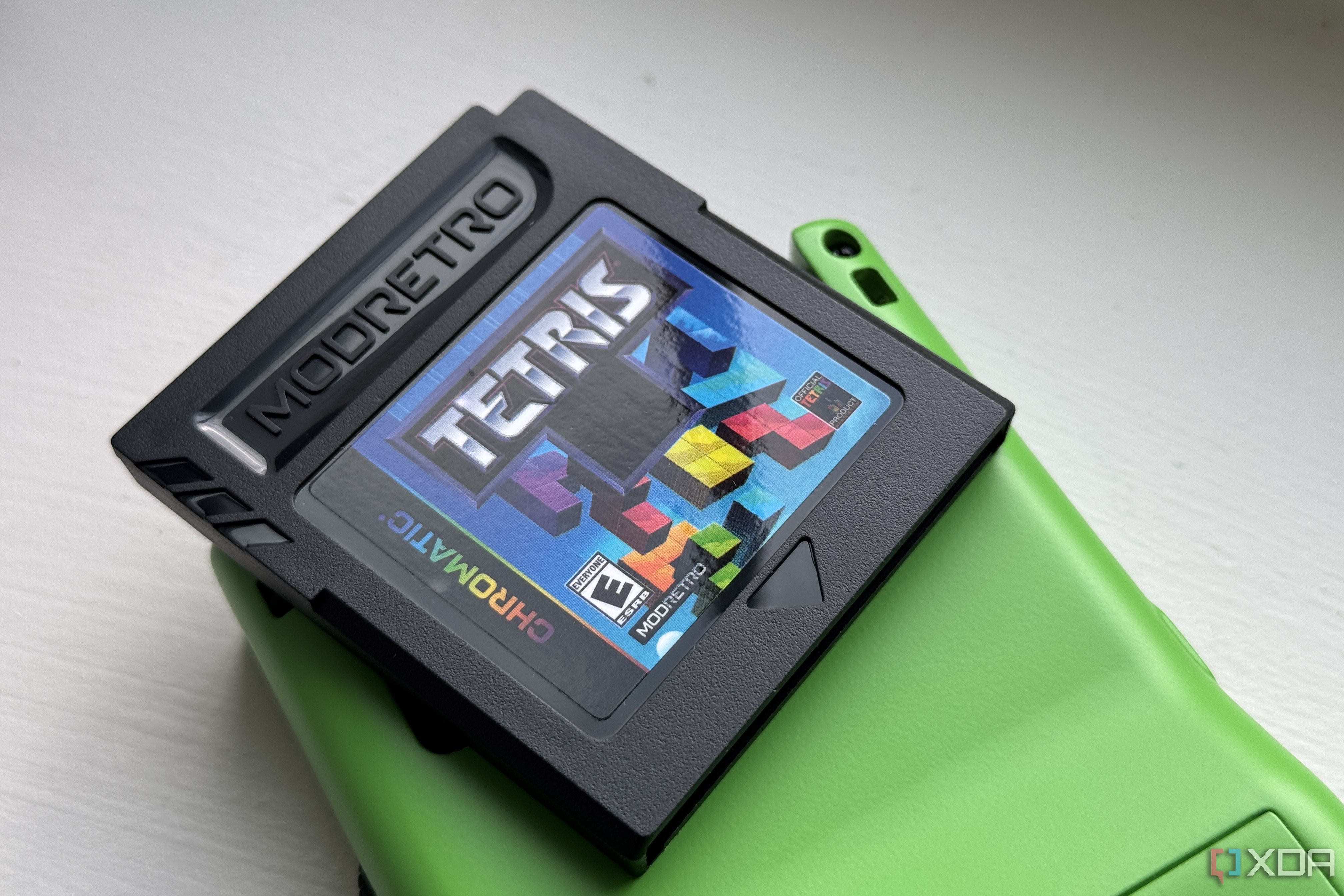
Related
I miss the simplicity of retro consoles
Retro video game consoles are often straight-forward and easy to work with. There's a charm to that, here's why.
4 Sega SG-1000
The first for the company
Many people nowadays believe that Sega first entered the home console market with the Mega Drive or Sega Genesis in 1988, but there were consoles that came before that. The Sega Master System from 1985 is also a console that many believe to be Sega's first console, but that also isn't accurate. The truth is that Sega made a video game console in 1982 called the SG-1000. It was the first time the company developed something for consumers at home in Japan. It had multiple iterations that eventually led to the release of the Master System a few years later, which is the third iteration of the SG-1000 and also referred to as the Mark III.
There are a total of 51 games on cartridges for the SG-1000, which include a mixture of first-party developed titles and licensed games. Some notable releases include Golgo 13, a game based on the manga series of the same name, as well as Girl's Garden, a game made by Sega developer Yuji Naka in 1985. It was his first title made for the company, and he would eventually go on to create one of the biggest mascots years later, Sonic the Hedgehog. The Sega SG-1000 would eventually be discontinued in 1985 after its second iteration was released, with the third one undergoing the name change to the Master System.
3 Epoch Cassette Vision
One of the earliest
The Epoch Cassette Vision was released in 1981 in Japan by Epoch Co. It's a home console that is very similar in functionality to the Atari 2600, but with a completely different design. Unlike other products within the second generation of home gaming consoles, the Epoch Cassette Vision didn't last very long. The console was discontinued in 1984, and only managed to have twelve games released for it, with one additional title that never hit the market.
The Epoch Cassette Vision also had a separate light gun accessory that was compatible with four of the games included in the release of Big Sports 12. Unfortunately, it was the only accessory made for the console, and no other games used its functionality. A later iteration of the console released by Epoch, called the Cassette Vision Jr., removed an AUX input that the light gun used, making it obsolete. At the same time, days right before the release of the Cassette Vision Jr., Nintendo ended up releasing the Famicom in Japan, effectively taking away any chance of momentum for the Epoch consoles.
2 Emerson Arcadia 2001
A quick failure
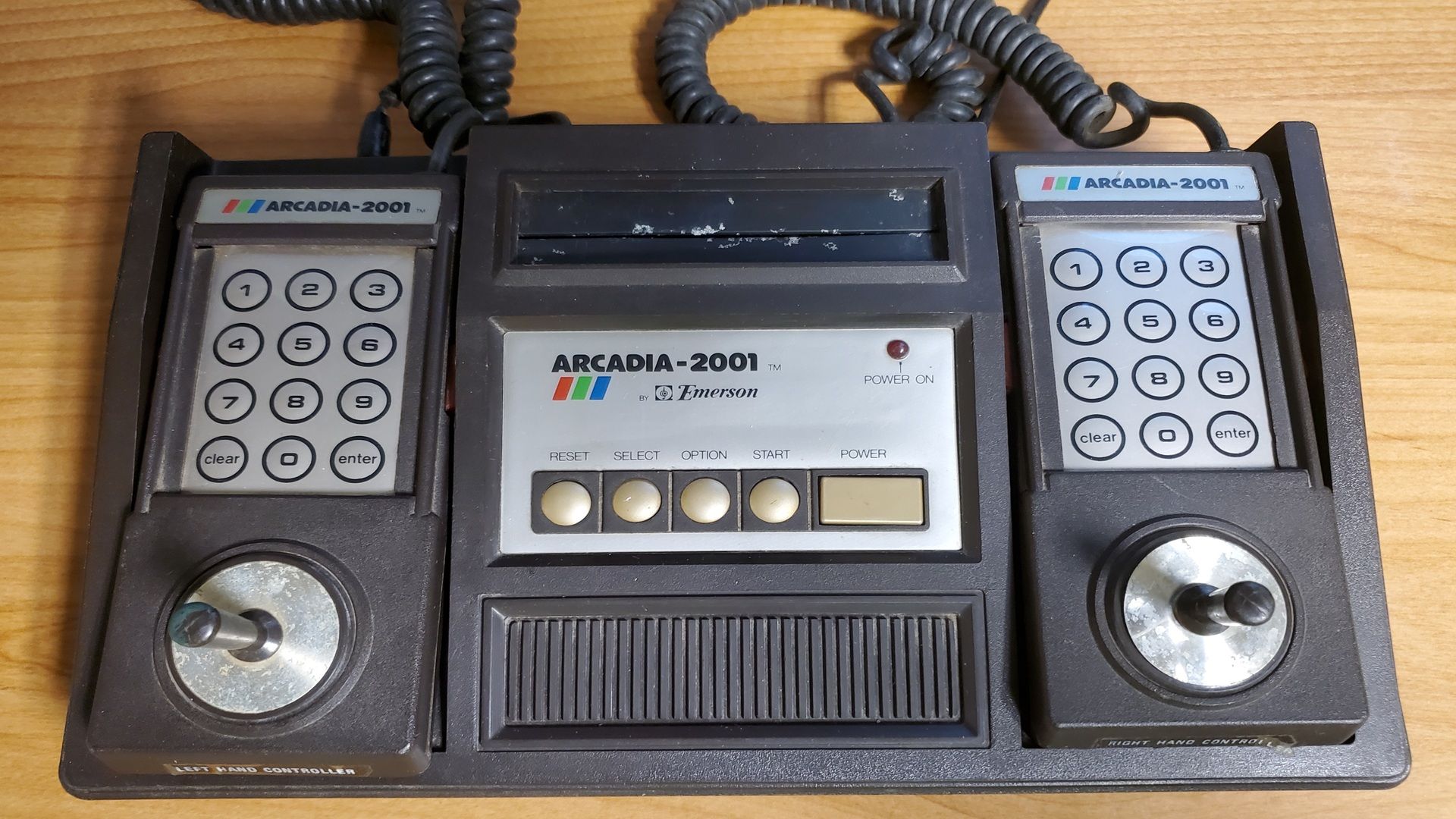
Source: Northeast Ohio Video Hunter
The Arcadia 2001 was released by Emerson Radio in 1982. It was a console that preceded the ColecoVision by at least a year and had 35 games made for it. The design of the console was similar to the Intellevision with two controllers that had twelve buttons and one big fire button. Many of the games for the console were very reminiscent of other arcade hits, including games released on other home consoles. A variation of the Emerson Arcadia 2001 was licensed and released in Japan under the name Bandai Arcadia. This version of the console had four Japanese-exclusive games based on various licenses, including Mobile Suit Gundam and Doraemon.
Unfortunately, the Emerson Arcadia 2001 would only be around for about 18 months before being discontinued. But despite the quick ending, multiple clones of the Arcadia 2001 were released by multiple companies in different countries. There's a total of 30 different clones of the Arcadia 2001 that have different names for the same console.
1 RDI Halcyon
Limited release means no success
The RDI Halcyon is one of the few video game consoles with an incredibly high price tag, along with a very limited release. The console was made in 1985 and was intended to be a very big deal on the home console market. It was developed by RDI Video Systems and showcased at a few locations, but never got a widespread release in retail stores. The Halcyon has a design similar to that of a VCR unit, which includes a laser disc player and a computer. Only a few locations were known to have put the Halcyon on sale, or offer it at a discount in some fashion. The price for just one of these consoles back then could go as high as $2,500, or as low as $999 when it was put on clearance. From the known units that were made, only a few of them were ever sold to customers.
There were only a handful of games developed for the RDI Halcyon, but the console also featured limited voice commands for a few programs. Originally, RDI Video Systems wanted to have voice-activated features and a program similar to artificial intelligence like HAL 9000, from the movie 2001: A Space Odyssey. While much of this never came to fruition, it was a pitch to potential customers. The games made for the console included NFL Football: Chargers vs Raiders and a fantasy title called Thayer's Quest. The four other games developed for the Halcyon were never released publicly.
Forgotten and lost to time
The 1980s were a great time for video games, but not every aspect of that era ended up being successful enough to carry on into the following decades. As the video game industry continued to grow to the heights we know now, many companies tried their luck to make an impact on what could be a lucrative venture. While some consoles went on to become legendary, many others fell by the wayside and were forgotten over time. Gamers may have a lot of nostalgia for the 80s, but there was a lot more going on than we may have remembered from our childhood.
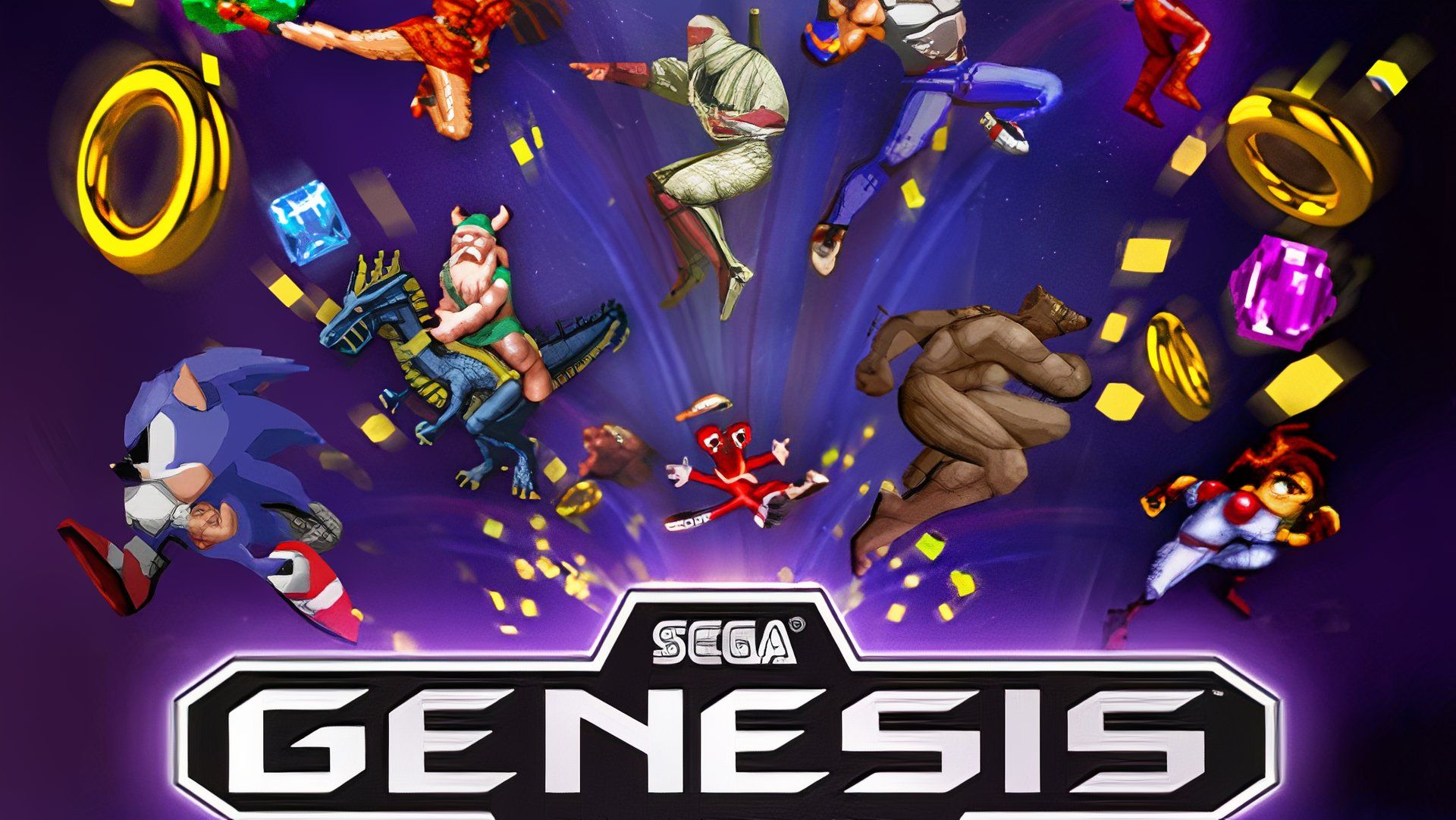
Related
The 5 rarest Sega Genesis games you'll probably never own
You might be a big Sega Genesis fan, but you'll probably never own these rare games from the console library. Here's why they are so rare!
.png)

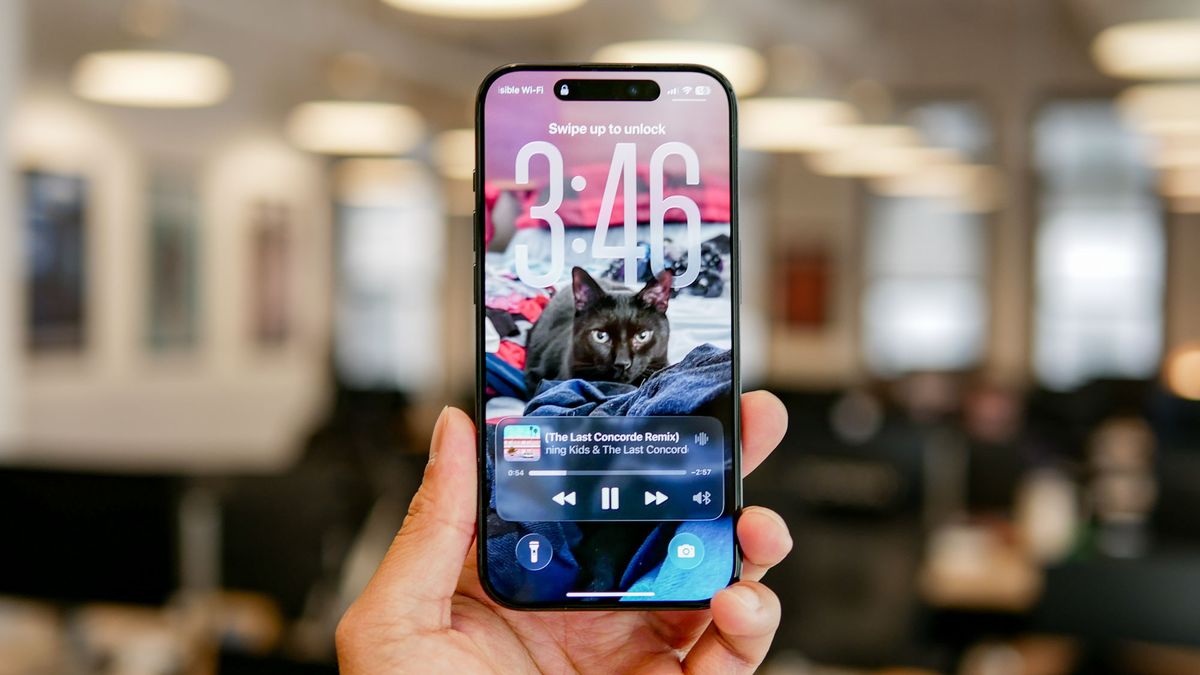

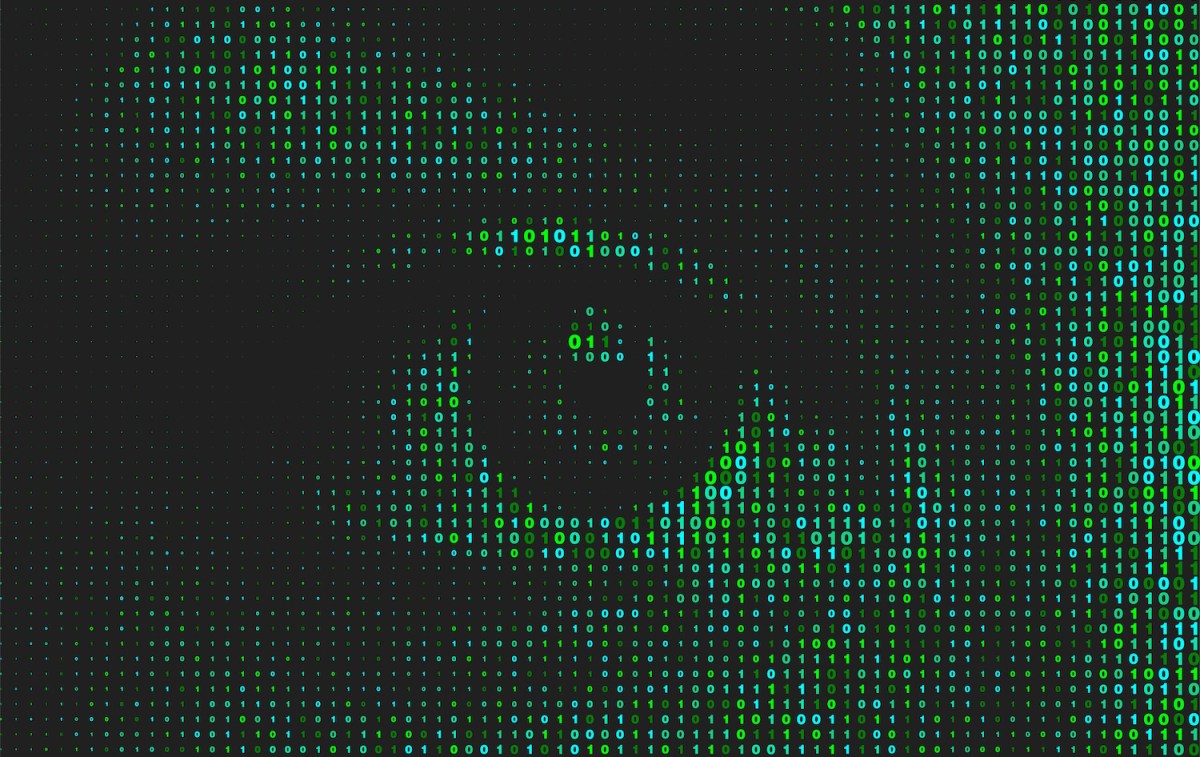







 English (US) ·
English (US) ·